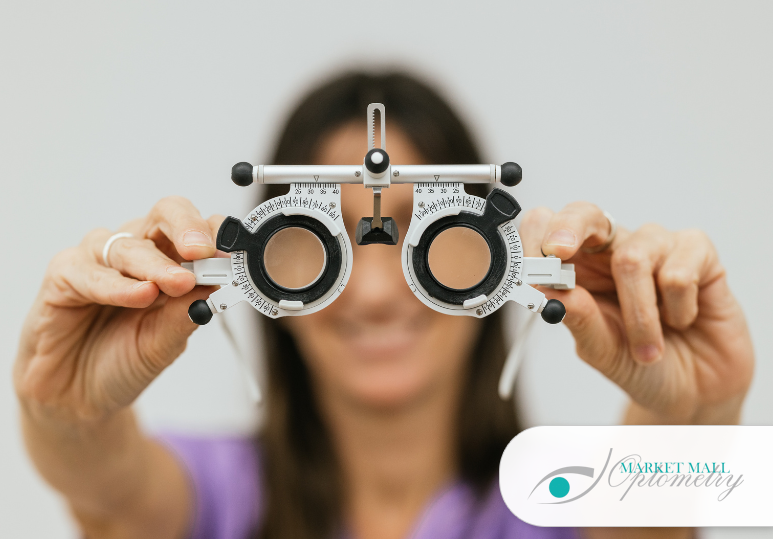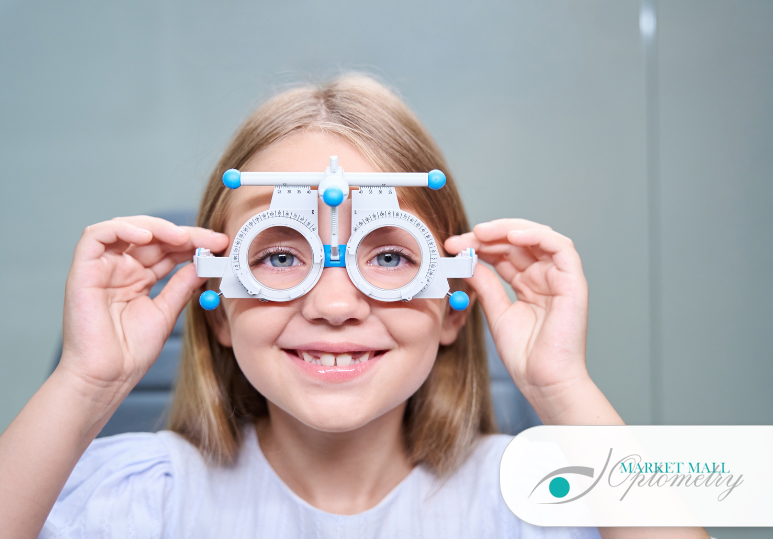What does “dry eyes” mean?
Dry eyes can occur when your eyes cannot produce enough tears, or when the tears are the wrong consistency and evaporate too quickly to keep your eyes moist. This may, in some cases, cause the surface of your eyes to become inflamed. If left untreated, dry eyes can result in pain, ulcers or scars on the cornea and may cause some, non permanent loss of vision. Having dry eyes can make it more difficult to perform some tasks, such as working on a computer for an extended period of time. It can also decrease your tolerance for dry environments.
What types of dry eyes are there?
Dry eyes are caused by one of two problems: The inability to produce enough tears, or producing tears that evaporate too quickly. The first is called Aqueous Tear-Deficient Dry Eye, and occurs when your lacrimal glands do not produce enough of the watery component of tears to maintain adequate moisture levels on the eye’s surface. The second, called Evaporative Dry Eye, can occur when your meibomian glands become inflamed. These glands are responsible for producing the lipid or oily component of your tears, which is necessary to slow the evaporation of your tears.
What are the symptoms of dry eyes?
Dry eyes can present a number of symptoms including:
- Stinging or burning eyes;
- The sensation of there being sand or grit in your eye;
- Episodes of excessive tears followed by very dry eye periods;
- A stringy discharge from the eye;
- Pain and redness
- Episodes of blurry vision;
- Heavy eyelids;
- The inability to cry when emotionally stressed;
- Discomfort when wearing contact lenses;
- Decreased eye tolerance for reading, working on the computer or other activities that require sustained visual attention;
- Eye fatigue.
What causes dry eyes?
Dry eyes can be a temporary or chronic condition and can be caused by a variety of factors including:
- As a side effect of some medications;
- Skin disease on or around the eye;
- Diseases in the glands in the eyelids;
- Pregnancy or hormone replacement therapy;
- LASIK surgery;
- Chemical and thermal burns which scar the membrane lining your eyelids;
- Allergies;
- Infrequent blinking, often a result of prolonged usage of computer or video screens;
- Excessive or insufficient vitamin intake;
- Some homeopathic remedies;
- Long term contact lense use;
- Immune disorders such as Sjögren’s syndrome, lupus, and rheumatoid arthritis;
- Eye infections or disease;
- Exposure keratitis, when your eyelids do not fully close during sleep.
How are dry eyes treated?
Depending on the cause, your doctor will use various approaches to relieve the symptoms of dry eyes. He or she will first seek to determine if there are any underlying causes such as disease. If your medication is causing your dry eyes your doctor may recommend you switch to a different medication. Your doctor may also suggest changes to your diet or levels of vitamin intake if these dietary concerns are causing your dry eyes.
What can I do to relieve the symptoms?
Dry eye symptoms can be reduced or relieved using a variety of methods. Artificial tears can be used to supplement your natural tears. You can also wear glasses or sunglasses that fit close to your head or have side shields in order to reduce the speed at which your natural tears evaporate. You can also avoid dry air conditions and rest your eyes frequently when performing tasks that require prolonged use of your vision and strain your eyes.
For more information on dry eyes, or to book an appointment, contact Market Mall Optometry today at 403.286.4884 and visit calgaryeyeclinic.com.




